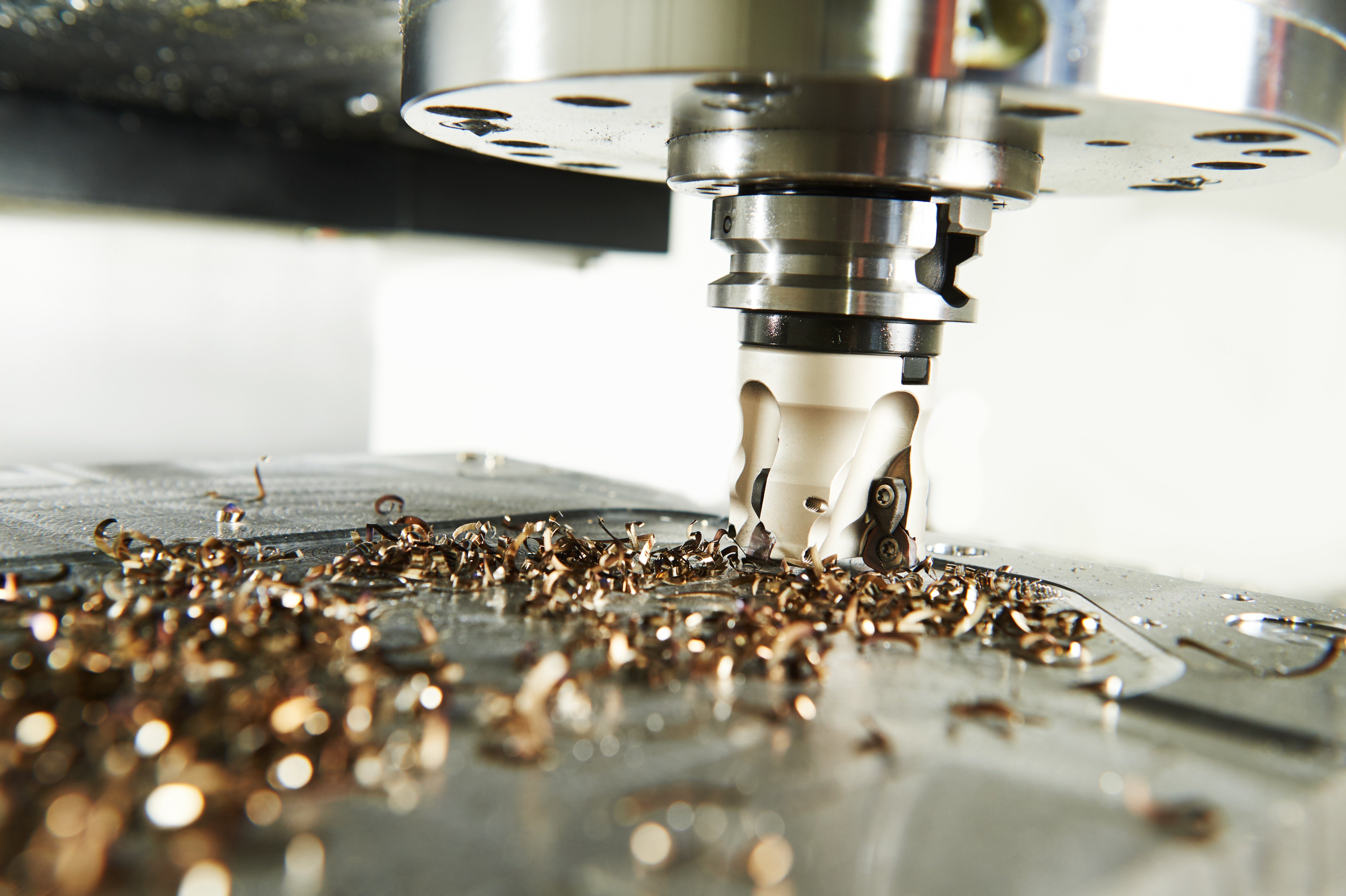Grasping the Art of Fasteners and Machining: Developments and Finest Practices
In the world of industrial production and engineering, the proficiency of fasteners and machining is a keystone of guaranteeing architectural stability, capability, and durability in numerous applications. Join us as we explore the most current developments and dive into the nuanced world of understanding fasteners and machining, revealing key understandings and strategies that can raise your strategy to engineering options.
Evolution of Fastening Technologies
Throughout the commercial revolution and into the contemporary era, the development of attaching technologies has actually been marked by constant innovations in effectiveness and reliability. Fasteners, such as screws, rivets, and screws, play an important role in numerous markets, consisting of automobile, aerospace, construction, and electronics. The demand for more powerful, more resilient, and easier-to-install attachment services has actually driven technology in the field.
One substantial development has been the shift in the direction of accuracy machining methods to create bolts with greater tolerances and superior performance. This shift has allowed producers to create fasteners that satisfy strict high quality requirements and offer enhanced resistance to corrosion and fatigue.
Furthermore, the introduction of sophisticated materials, such as titanium alloys and composites, has revolutionized the capabilities of bolts. Fasteners and Machining. These materials offer exceptional strength-to-weight ratios, making them suitable for applications where lowering weight is crucial without jeopardizing structural stability
Innovations in Machining Methods
In the realm of commercial production, the continual evolution of machining methods has led the way for extraordinary accuracy and efficiency in the production of fasteners. Among the substantial innovations in machining methods is the utilization of Computer system Numerical Control (CNC) innovation. CNC makers use unparalleled accuracy and repeatability by permitting automated control of machining tools. This exact control makes it possible for makers to produce complex and detailed fastener designs with convenience.

Furthermore, the adoption of multi-axis machining centers has actually allowed simultaneous reducing operations from various angles, better boosting effectiveness and reducing manufacturing times. By using these advanced machining approaches, makers can meet the increasing need for premium fasteners while maintaining cost-effectiveness in their procedures.
Choosing the Right Bolt Products
Choosing the suitable material for bolts is an important decision that considerably impacts the efficiency and durability of the constructed parts. When selecting the appropriate fastener material, numerous variables need to be taken into consideration to guarantee the resilience and integrity of the last product. The product selected ought to be suitable with the ecological conditions the bolts will be subjected to, such as temperature level variants, wetness levels, and destructive components.
Typical products used for bolts include stainless steel, carbon aluminum, steel, and titanium, each offering special properties that fit various applications. Stainless-steel, for example, is known for its rust resistance, making it ideal for aquatic or exterior settings. Carbon steel is an economical alternative ideal for numerous general-purpose applications. Aluminum is lightweight and typically made use of in sectors where weight is a vital variable. Titanium, on the various other hand, is exceptionally strong and corrosion-resistant, making it suitable this for high-performance applications.
Enhancing Precision in Machining
Accomplishing ideal accuracy in machining is necessary for making certain the high quality and efficiency of machined elements. Accuracy in machining refers to the capability to constantly produce parts within limited tolerances and with high precision. To enhance precision in machining, suppliers utilize a selection of advanced methods and technologies. One secret approach is using Computer system Numerical Control (CNC) devices, which supply exceptional precision and repeatability compared to standard manual machining techniques. CNC equipments are programmable and can perform intricate machining operations with very little human intervention, causing greater precision levels.
In addition to CNC machining, making use of innovative cutting tools and tool owners can additionally significantly enhance accuracy. High-quality cutting tools with sophisticated coverings minimize rubbing and wear, resulting in extra precise cuts and click for source dimensional accuracy. Additionally, applying rigorous top quality control measures throughout the machining process, such as routine evaluations and calibration of devices, aids maintain consistent precision levels. By prioritizing accuracy in machining, producers can attain premium item top quality, tighter tolerances, and improved total efficiency of machined elements.

Finest Practices for Fastener Setup
Accuracy in machining plays a critical function in ensuring the integrity and longevity of bolt installments. When it comes to finest techniques for bolt setup, one vital facet is the appropriate option of fasteners based on the certain application needs.
Additionally, ensuring that the fastener threads are tidy and totally free of debris before setup is essential to achieving a protected and reliable link. By adhering to these best methods, producers can enhance the honesty and efficiency of their fastener installations.
Final Thought
In final thought, the evolution of securing modern technologies and advancements in machining techniques visit homepage have substantially boosted the performance and effectiveness of fastener installation processes. By choosing the right fastener materials and enhancing precision in machining, manufacturers can achieve optimal lead to their operations. Following best practices for fastener installation is essential in guaranteeing the toughness and integrity of settings up. On the whole, understanding the art of bolts and machining includes constant development and adherence to finest methods.
In the realm of commercial production, the constant evolution of machining approaches has actually paved the means for extraordinary accuracy and efficiency in the manufacturing of bolts.Precision in machining plays an important role in making certain the dependability and longevity of bolt setups. When it comes to best techniques for fastener installation, one vital aspect is the correct choice of bolts based on the certain application requirements. By picking the best bolt materials and boosting precision in machining, suppliers can accomplish optimum results in their procedures. In general, understanding the art of fasteners and machining entails constant innovation and adherence to finest techniques.